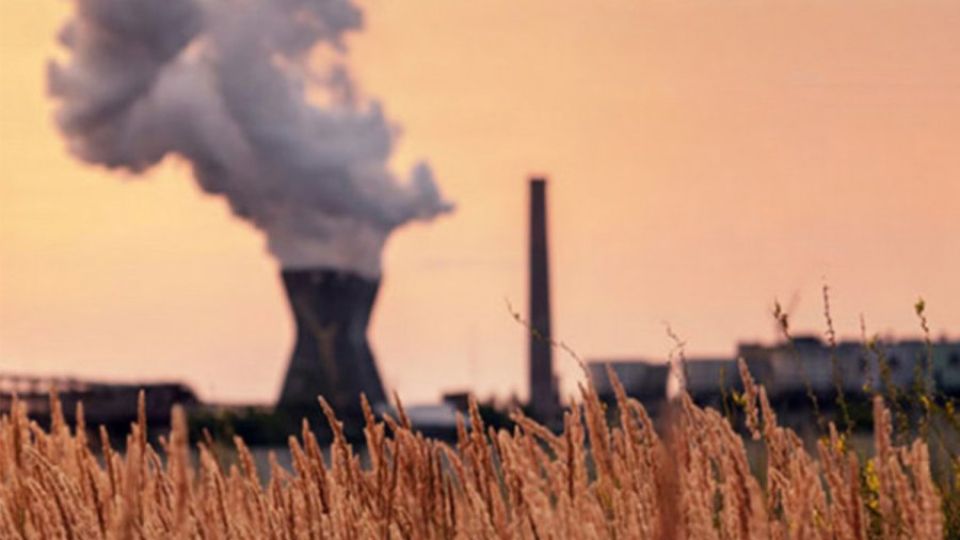January 5, 2024
DHAKA – Living in Dhaka has become a severe health concern for residents, and one major reason is the deteriorating air pollution situation. While the air in Dhaka has consistently ranked among the worst in the world, a recent report points out how in 2023 it earned the dubious honour of being the worst in eight years. If this trend continues, residents are likely to see more suffering in 2024. We wonder why, despite the government having sufficient data to measure air pollution and invested thousands of crores of taka in reducing it, there has been no progress at all.
According to a study by the Stamford University’s Center for Atmospheric Pollution Studies (CAPS), AQI soared from 163 in 2022 to 171 in 2023, and on the first day of 2024, Dhaka again had the most toxic air globally, with an AQI score of 281. These numbers translate to dreadful levels of PM2.5, toxic metals, and chemical pollution, fuelling a surge in respiratory diseases like asthma, pneumonia, and bronchitis. It means people will see increased medical costs, premature births, premature deaths, and shortened lifespans. A World Bank study estimates 78,000-88,000 air pollution-related deaths annually in Bangladesh. All this is despite the fact that massive resources have been spent to curb air pollution over the years.
According to a study by Clean Air Fund (CAF), between 2017 and 2021, Bangladesh received $2.3 billion to curb air pollution. Where did this funding go? Instead of delivering results through effective projects, reports have revealed how funds were often misused by the Department of Environment (DoE) on new buildings, cars, foreign trips, etc. One visible work by the DoE has been constructing 31 air monitoring stations across Bangladesh. But what’s the point of having such centres if the data is not used for an immediate response, such as alerting citizens when the air is too toxic, or long-term responses like systematic regulation of major pollution sources? Major pollutants like construction dust, traffic fumes, factory emissions, and brick kilns continue to be unchecked. Even separate budgets for environmental protection and compliance in some megaprojects haven’t been properly used to address construction-related pollution.
Air pollution’s increasing severity in Dhaka and elsewhere demands a serious response. We urge the government to prioritise a coordinated action plan with a robust implementation policy before this silent killer claims more lives.


